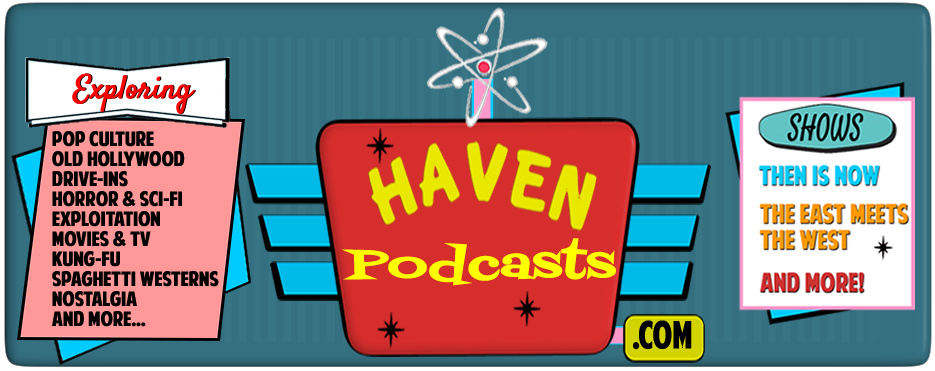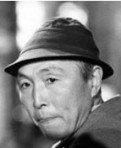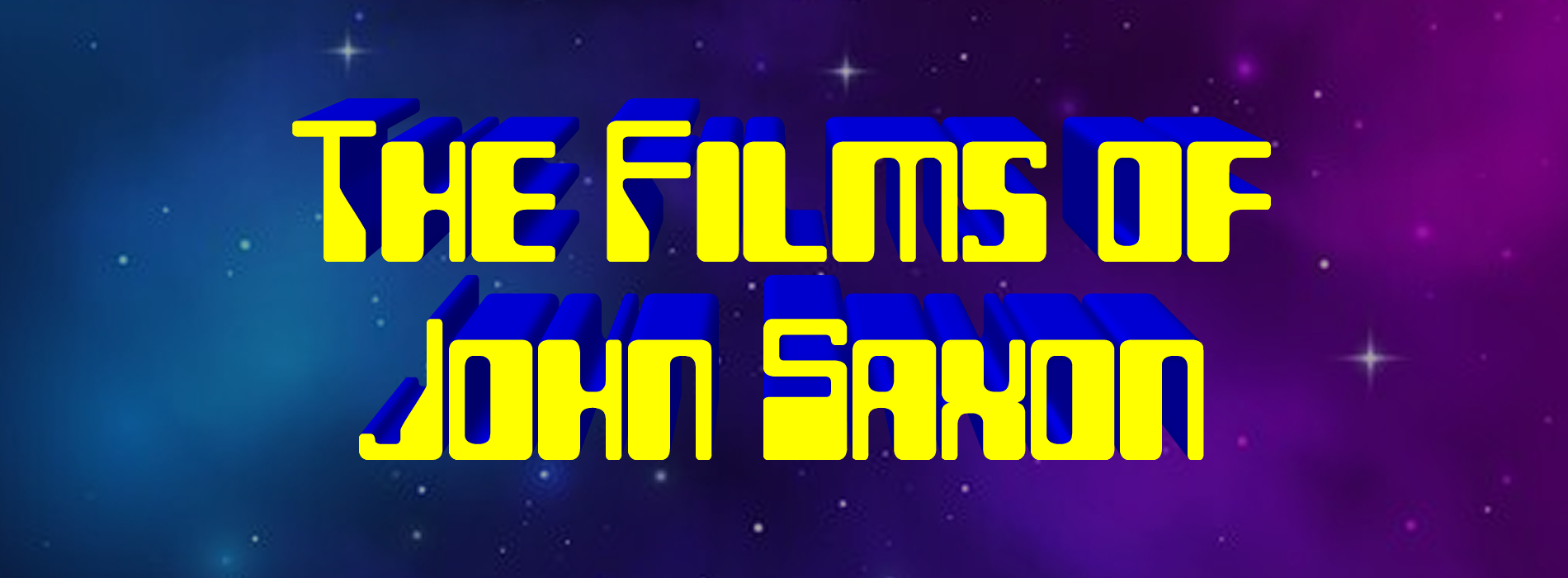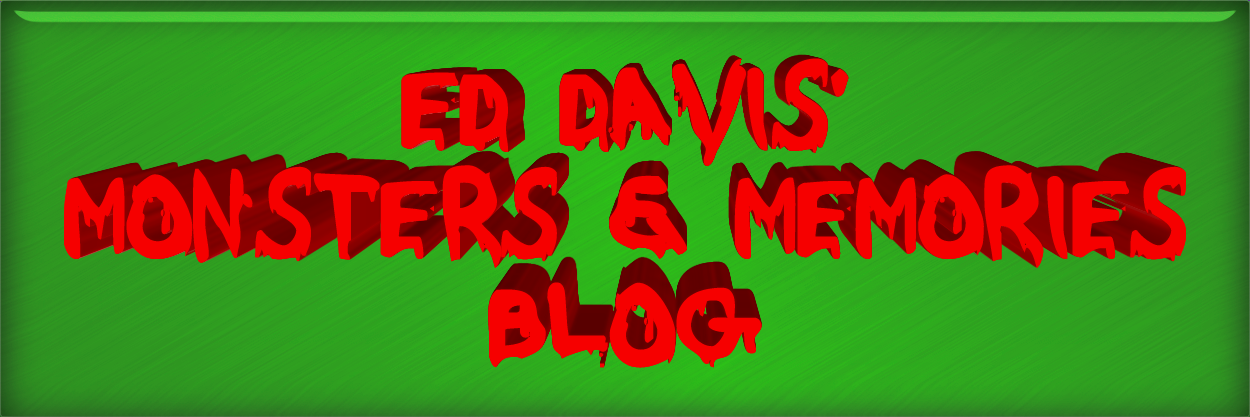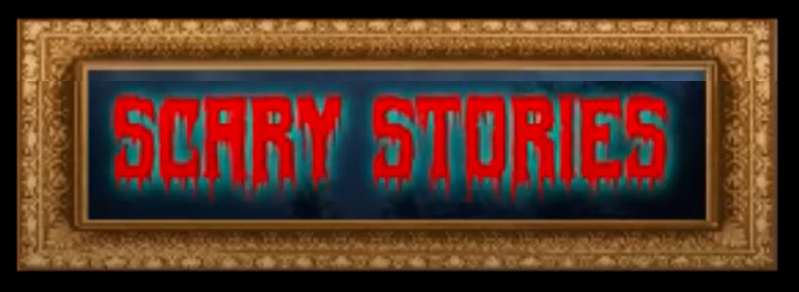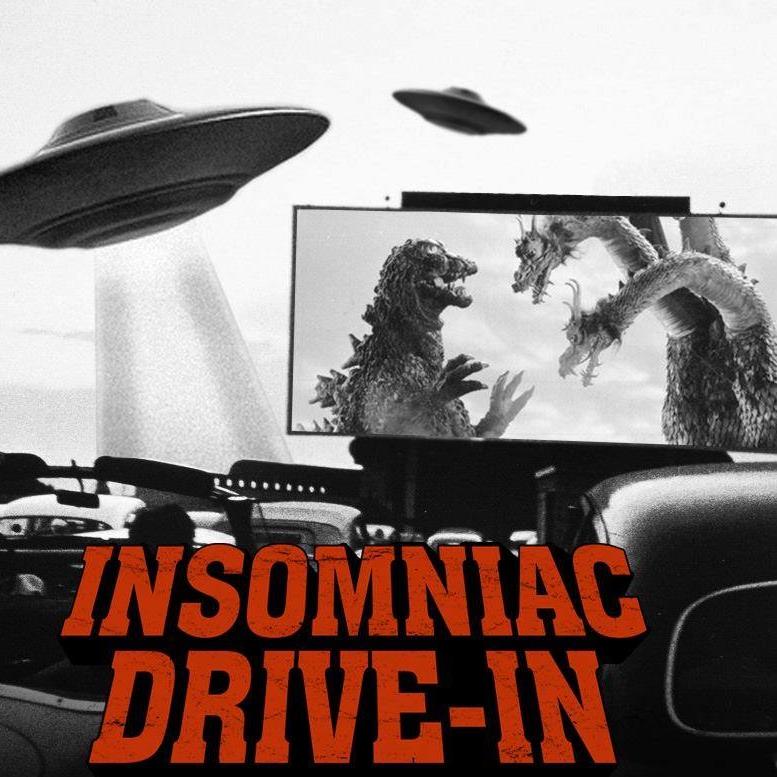(Celebrating the Centennial of Ishiro Honda) By Peter H. Brothers
 There is a moment in King Kong Escapes (1967) where the mighty ape finds himself standing in the middle of Tokyo (his second time there as a matter-of-fact) when he hears a noise and looks up to see two Chinook tandem-rotor helicopters flying overhead with their navigational lights blinking. The scene lasts for only a second and is inconsequential to the plot, yet it perfectly encapsulates all that one finds wonderful about the Japanese monster movie genre: their diversionary exuberance, their preposterous believability and their child-like charm.
There is a moment in King Kong Escapes (1967) where the mighty ape finds himself standing in the middle of Tokyo (his second time there as a matter-of-fact) when he hears a noise and looks up to see two Chinook tandem-rotor helicopters flying overhead with their navigational lights blinking. The scene lasts for only a second and is inconsequential to the plot, yet it perfectly encapsulates all that one finds wonderful about the Japanese monster movie genre: their diversionary exuberance, their preposterous believability and their child-like charm.
The scene takes place at twilight which is interesting because many of the effects shots in the monster movies of live-action director Ishiro Honda and his special effects supervisor Eiji Tsuburaya take place during Golden Time: the jet attack in Godzilla vs. the Thing (1963), the missiles launched against Dagora, the Space Monster (1964) and the destruction of the ships in Tokyo Bay by a Mu Empire submarine in Atragon (1963) were all beautifully photographed by effects photographer Sadamasa Arikawa.
But perhaps the key element which makes all of these moments so memorable is their sheer poetic beauty. This comes as no accident as Honda and Tsuburaya were both visually-oriented romantic dreamers who loved their craft and lived for nothing more than to entertain an audience. Tsuburaya supplied the mind-boggling special effects, but it was the heartfelt human drama directed by Honda which was the essential ingredient — the guts of the fairy-tale — for any of these films to become truly memorable. However stunning the effects work were going to be, Honda knew that only a convincing story told with highly-trained actors and a believable script would give the films their lasting merits.
Honda was born in the Yamagata Prefecture (50km north of Tokyo) and when he was six years old moved with his parents to the Big City where his father found work as a Buddhist priest. As the Fates would have it, it was during a “movie night” at Takaido Elementary School that Honda was exposed to his first cinematic screening; for the other children it was mere entertainment, but for Honda it was a night that would change his life forever.
exposed to his first cinematic screening; for the other children it was mere entertainment, but for Honda it was a night that would change his life forever.
“You may not believe this,” he said later, “but I didn’t even know that movies existed when I was in Yamagata; I never even read about them in magazines! So when I saw a movie for the first time, I was shocked, shocked by the fact that a machine could show a moving picture like that! I was impressed and wanted to see more of them.”
Another key moment with movies happened for Honda when he was ten years old. “There was a movie theater in Sangenjyaya,” he remembered. “I went there often because I liked movies and it was also close to my house. They showed different kinds of movies and I saw them often.” Honda preferred movies that dealt with history — finding contemporary subjects somewhat boring — as well as famous films and films with big budgets, and because Honda’s father was a priest, his religion prevented him from attending movies, so Honda would go to see them by himself before returning home to tell the film’s story to his father. “He enjoyed my telling those stories so much that he overlooked the fact that, technically speaking, it was illegal for a kid my age to go to a theater without an adult. But, you know, the police didn’t care, so I was always sneaking in!”
During those years of silent films the screenings were accompanied by a live narrator called a bensho, and Honda discovered that the narrator’s commentary was often as entertaining as the film itself. On one occasion, Honda went with an older brother to see F. W. Murnau’s The Last Laugh (1926), narrated by Musei Tokunaga. The screening would have a profound effect on the young boy. The film was about an old doorman in a luxury hotel who is considered too old to represent the hotel and so is demoted to a janitor. The man tried to keep his professional decline a secret from his family by coming home every night still wearing his old doorman’s uniform but they eventually discover that he is now a janitor.
“Then,” Honda remembered, “Tokunaga turned to the audience and said: ‘This could have been the ending of the movie but it would have been a very sad ending, so the director added this scene’ in which the film ends with the old man inheriting a fortune and becoming rich after all. After seeing that movie, Honda realized that the movie was really made by the director. “I didn’t exactly know what kind of work directors did but it looked like they were the ones in charge of making the movie!”
 For Honda, making movies would be years away – first there was the task of finishing college in Japan University as one of its first Film Majors – then there was a war which interrupted his career and his marriage more than once followed by years of training and straining as an assistant director, starting out doing menial jobs before getting literally “hands-on” experience preparing the sets prior to filming. And when the big moment finally came in 1951 (when he turned 40 and had already been in the business for nearly 20 years) he was more than just ready, he was ravenous, eager to show his mentors what he had learned from them and to show audiences what he could give to them.
For Honda, making movies would be years away – first there was the task of finishing college in Japan University as one of its first Film Majors – then there was a war which interrupted his career and his marriage more than once followed by years of training and straining as an assistant director, starting out doing menial jobs before getting literally “hands-on” experience preparing the sets prior to filming. And when the big moment finally came in 1951 (when he turned 40 and had already been in the business for nearly 20 years) he was more than just ready, he was ravenous, eager to show his mentors what he had learned from them and to show audiences what he could give to them.
Honda’s career covered nearly the entire spectrum of filmmaking; not only had he learned screenwriting, editing and camera-work during his tenure at Toho Studios, he also directed films of various types: documentaries, promotional films, films about man’s conflict with nature and with his fellow man, social dramas and even “Salaryman” comedies. But it was not until 1954 when he reluctantly accepted an assignment turned down by another director that his life and career took a profound turn in another direction. The film was about a monster, and the monster and the movie were called, “Godzilla.”
True, the monster was indeed the title character, but it was not the central character, as that honor went to a human being: the enigmatic Dr. Serizawa, a man who had unintentionally created a devilish-device called an Oxygen Destroyer and who was so conscious-stricken over it that he confided in the one person he trusted more than anyone else in the world: his beloved, betrothed Emiko. Her eventual betrayal of his secret to her lover Ogata began a chain-reaction that eventually destroyed not only the monster but Serizawa as well. Thus, it was the film’s compelling and believable human drama that made it so memorable and a masterpiece of international cinema.
A mere 20 years later — when Honda’s career as a director of full-length feature films came to an end with Terror of MechaGodzilla (1974) — he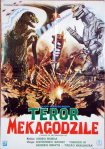 still had nearly 30 years left of life to ponder where he career might have gone had not Godzilla come along; would he be remembered as a
still had nearly 30 years left of life to ponder where he career might have gone had not Godzilla come along; would he be remembered as a
director of conventional movies or be remembered at all?
Honda suffered many disappointments throughout his life and career – he had seen what atomic warfare had done to his country and made a point throughout many of his films to remind the citizens of the world of their awesome obligation to work together and save it – but his genial temperament, his patience, his tolerance and his sense of humor stood him in good stead. He was also extremely focused, modest to a fault and chronically-grateful to the studio which had given him the opportunity to work in the job of his dreams: a motion-picture director.
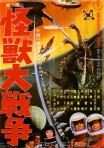 When Honda was working on Rodan (1956) he reflected with great fondness years later of being lifted-up on a crane in a huge underground set to follow the action in a tracking shot as men searched for evidence of a giant subterranean creature, and he recalled with joy of filming The Mysterians (1957) with dazzling colors in its new widescreen format, and he looked-back with satisfaction on working with fine, intelligent and dedicated actors such as Kumi Mizuno and Nick Adams in Frankenstein Conquers the World (1965) and Monster Zero (1965). As Honda himself had always acknowledged, he made movies not as a director who wanted to satisfy his own ego but for an audience who wanted to watch them.
When Honda was working on Rodan (1956) he reflected with great fondness years later of being lifted-up on a crane in a huge underground set to follow the action in a tracking shot as men searched for evidence of a giant subterranean creature, and he recalled with joy of filming The Mysterians (1957) with dazzling colors in its new widescreen format, and he looked-back with satisfaction on working with fine, intelligent and dedicated actors such as Kumi Mizuno and Nick Adams in Frankenstein Conquers the World (1965) and Monster Zero (1965). As Honda himself had always acknowledged, he made movies not as a director who wanted to satisfy his own ego but for an audience who wanted to watch them.
For Honda, the thrill of filmmaking never left him, reflected in moments such as Kong’s wonderment seeing those two helicopters soaring in the sky above him: the curiosity of what had just happened and what was going to happen next in a world populated by monsters innocent of their origins and destructive in their designs; it was a constant titillation Honda found irresistible and one which he couldn’t wait to demonstrate. Honda considered filmmaking as a magic canvas upon which to paint a mosaic of fantastic events made somehow believable, and the earnest integrity by which he made his movies was the defining factor as to why they are still so fascinating to watch today.
His fantasy films are filled with scenes which stay in one’s mind forever: the plummeting into the bubbling pit of Chika and the Abominable Snowman (1955) , the deadly embrace of Fujichiyo and her lover in The Human Vapor (1960) and the ghastly approach of Gorath (1962) have a strange splendor all their own.
Unfairly derided by those with preset prejudices unwilling to accept them on their face value and raised only on their horrible American mutilations, those seeing the fantasy films of Ishiro Honda for the first time in their original versions with an open mind are always pleasantly surprised to discover that they were made not by a hack but by a craftsman of the highest order who loved movies as he loved moments of life itself, such as during that mystical twilight-time when a dark curtain rings down upon the day with the promise of a new nighttime act where the next thrill is just around the corner.
 (Peter H. Brothers is the author of Mushroom Clouds and Mushroom Men – The Fantastic Cinema of Ishiro Honda,
(Peter H. Brothers is the author of Mushroom Clouds and Mushroom Men – The Fantastic Cinema of Ishiro Honda,
available on the worldwide web and at AuthorHouse.com).
